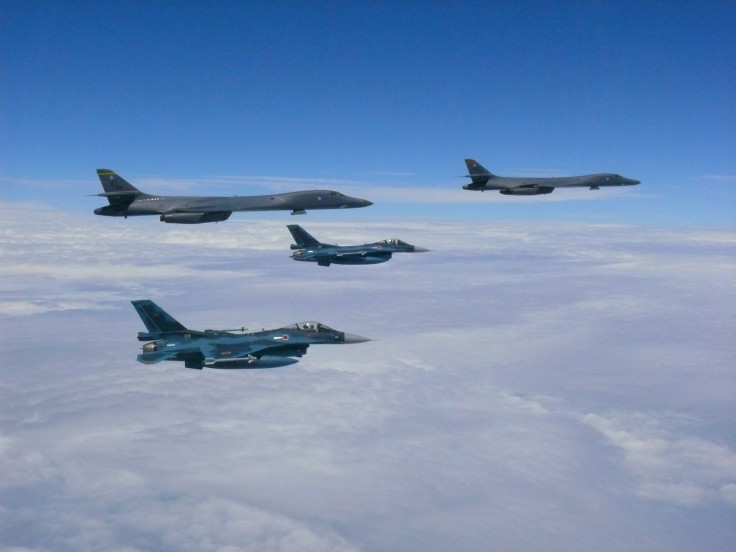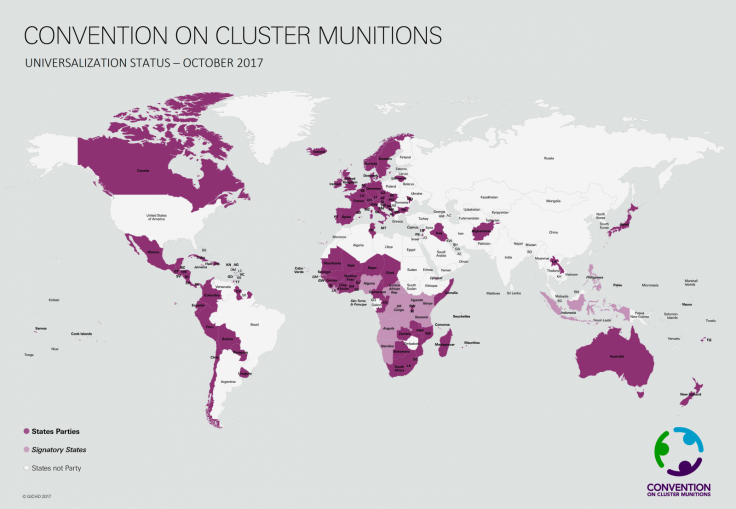US Air Force wants to purchase two new cast iron shell cluster bombs and is looking for vendors
The USAF has specified two classes of bombs – one 2,000 pounds and the other 500 pounds.

The US Air Force (USAF) is looking to purchase cluster munitions and has asked contractors to provide them with BLU-136/B "2,000-pound class cast ductile iron bomb warheads".
The USAF wants between 250 to 1,500 of these warheads every year for the next four years at least. This requirement has been specified in spite of the fact that the military is slowly moving away from cluster bombs, The War Zone reported. The bombs that the USAF wants, however, are not traditional cluster munitions that have smaller 'bomblets' which cause widespread damage. They will be in the form of passive shrapnel that will be fired out much like a grenade, but on a larger scale.
A budget document filed by the USAF with the White House earlier this month had allocated about $85m for this project. The plan as of now is to purchase BLU-136/B as well as the "Next Generation Area Attack Weapons" (NGAAW), which are also known as the 500-pound class BLU-134/B. The report mentioned that the USAF actually began developing these weapons in 2014 under the Improved Lethality Warhead Program.
The bombs that the USAF wants will be made with a cast iron shell – not steel like most other warheads. This is because the bomb will need to disintegrate effectively while exploding. This disintegration is better with cast iron since it is brittle while steel is malleable. With seams etched into the inner side of each shell, the crumbling of cast iron can also be made uniform, adding to the shrapnel and destructive power of the bomb.
Making the cast iron with a high graphite content will reportedly keep it from crumbling when it undergoes the shock of being carried around, loaded and deployed in the field. Fillers for these bombs, however, will be similar to existing high explosive ammunition.
Another feature that the bombs will need to have, noted the report, is a "height-of-burst sensor-enabled fuse". Put simply, this means that it will be possible for the pilot who is about to drop the bombs to set a specific altitude in relation to the location of the target that needs to be destroyed. This could be done for all bombs before they are dropped and it can maximise the amount of damage that each bomb inflicts.
Convention on Cluster Munitions
The Convention on Cluster Munitions is a treaty that was proposed in 2008. It banned the production, use and stockpiling of cluster munitions that dropped smaller submunitions which explode across the entire target area. In many cases, these smaller bomblets go unexploded and cause collateral damage later on.
The US is not a part of this convention and has not signed, ratified, or enforced it for its military yet. To date, a total of 119 countries have joined the convention – 102 States Parties and 17 Signatories.





















